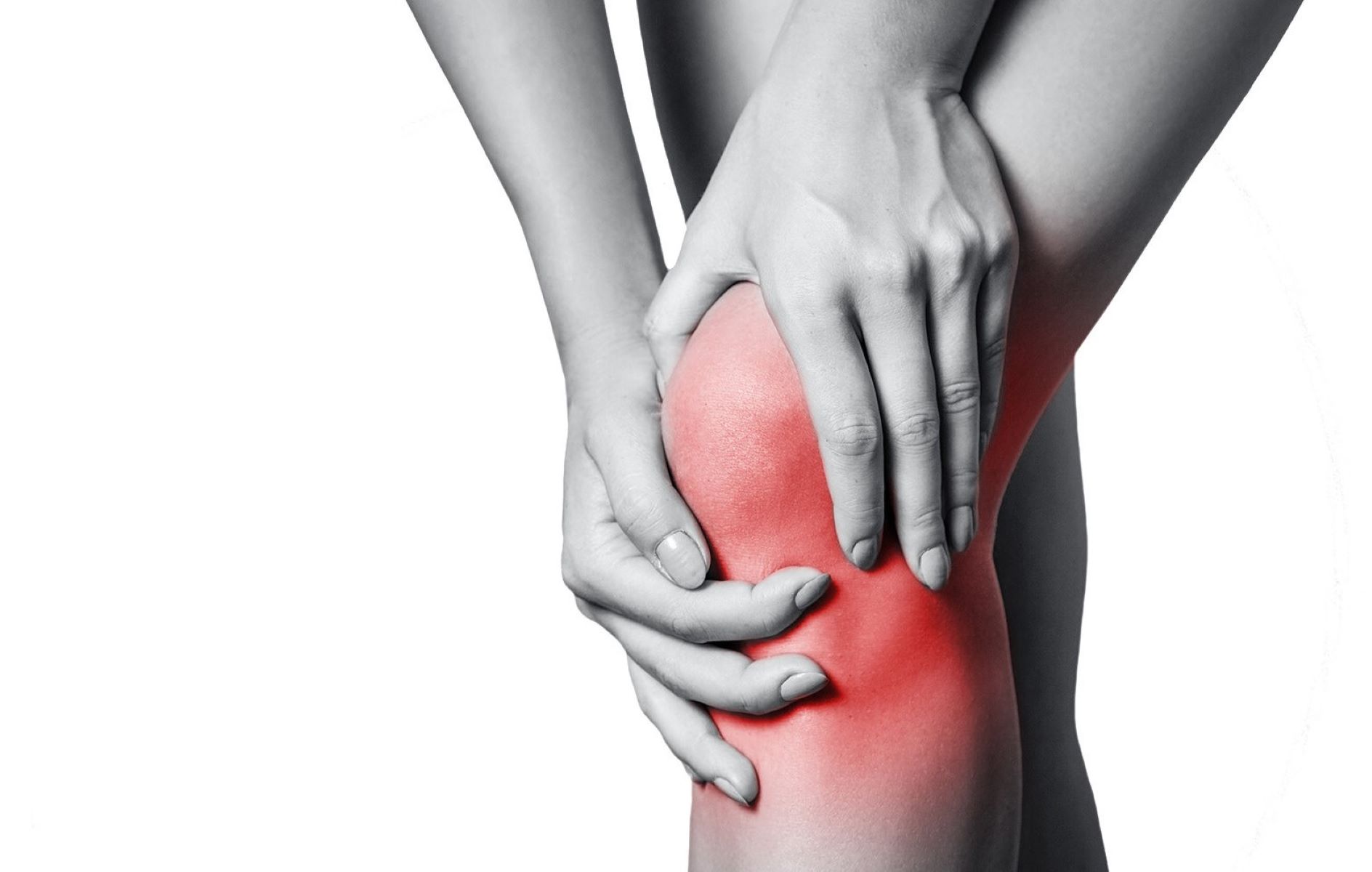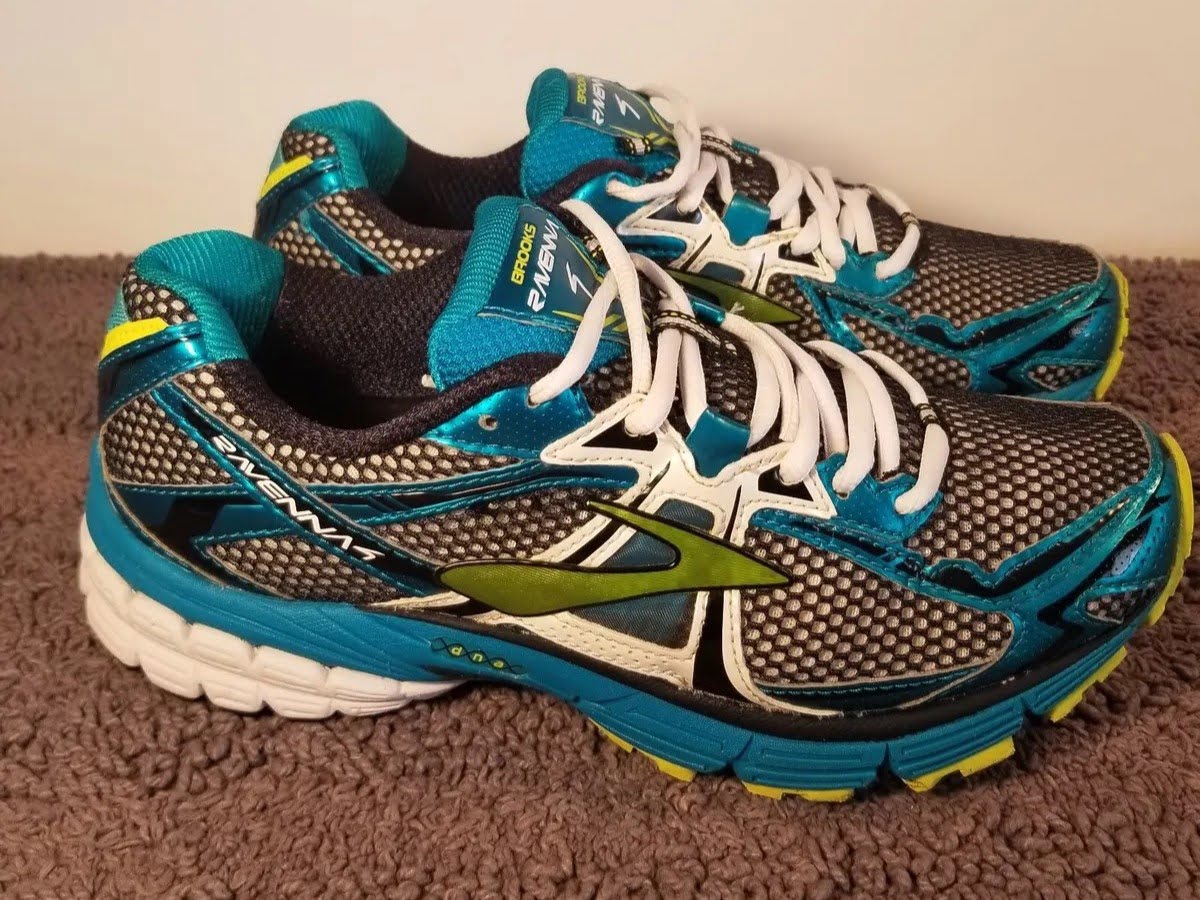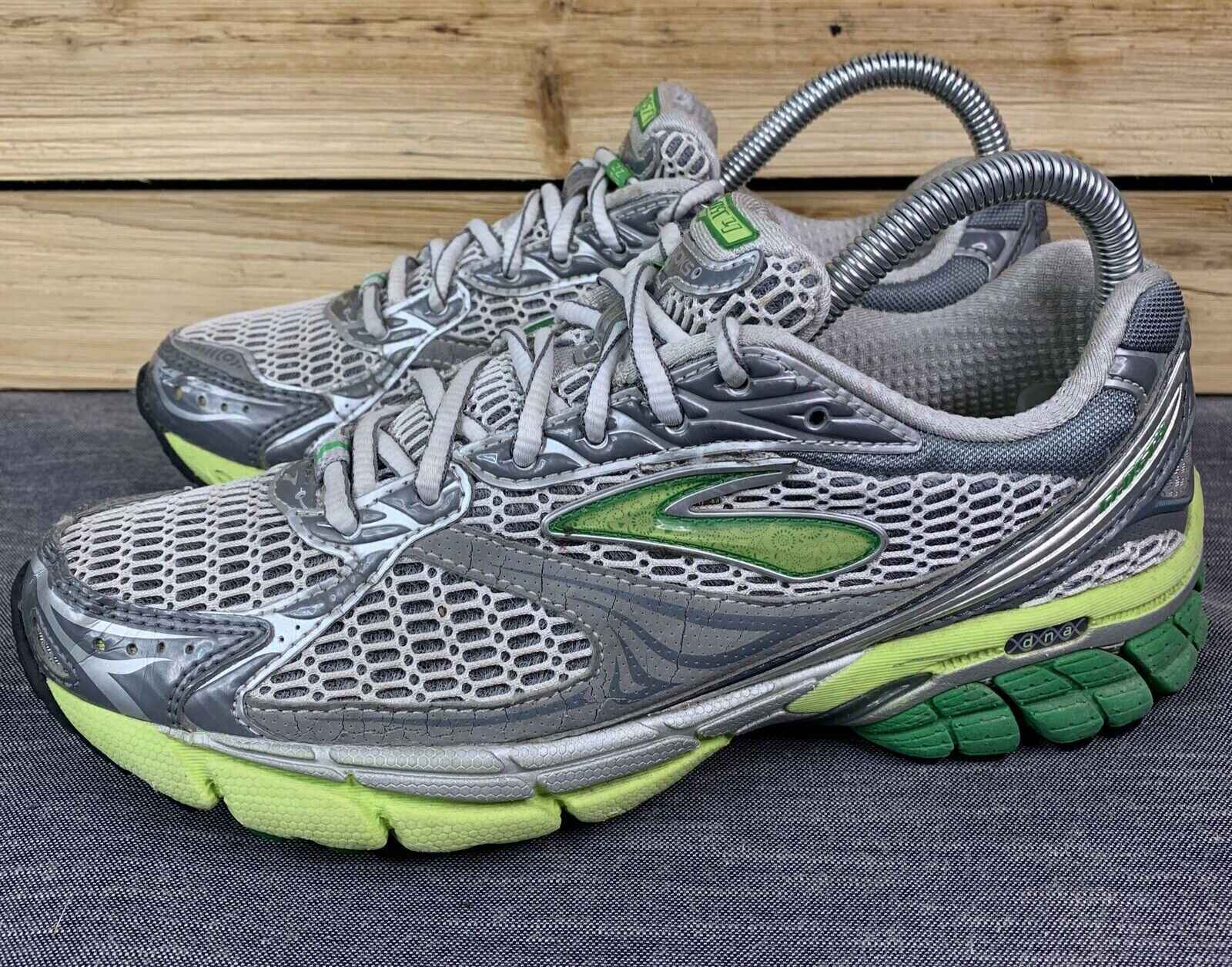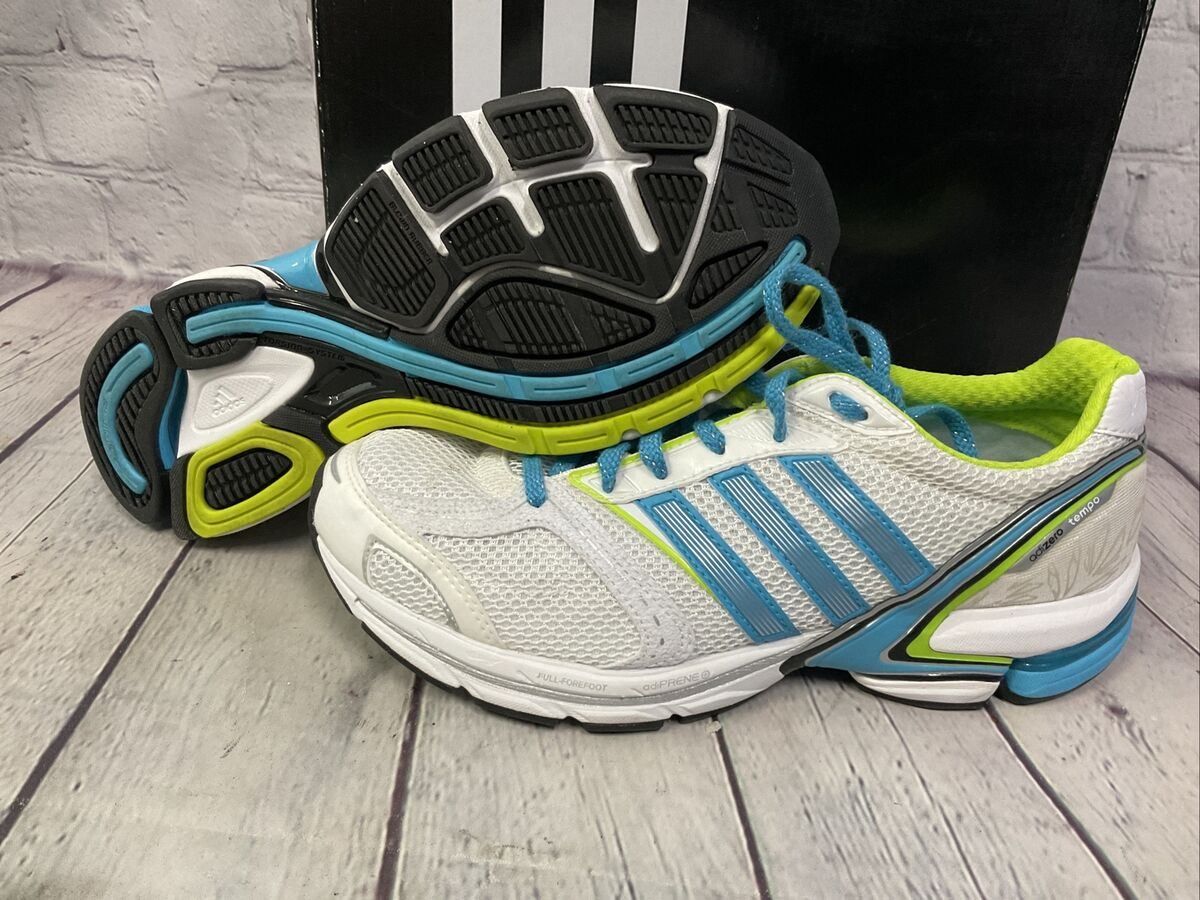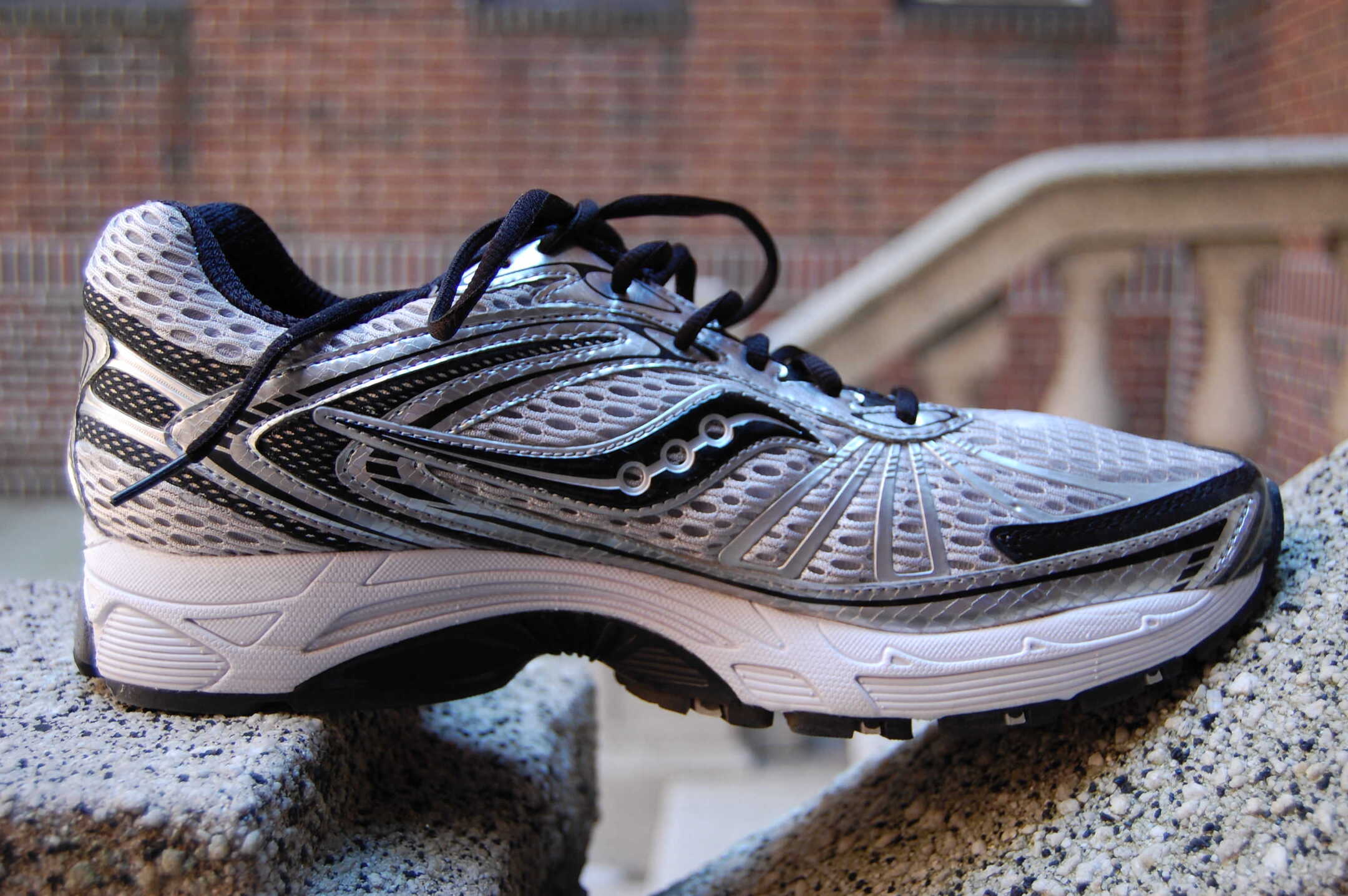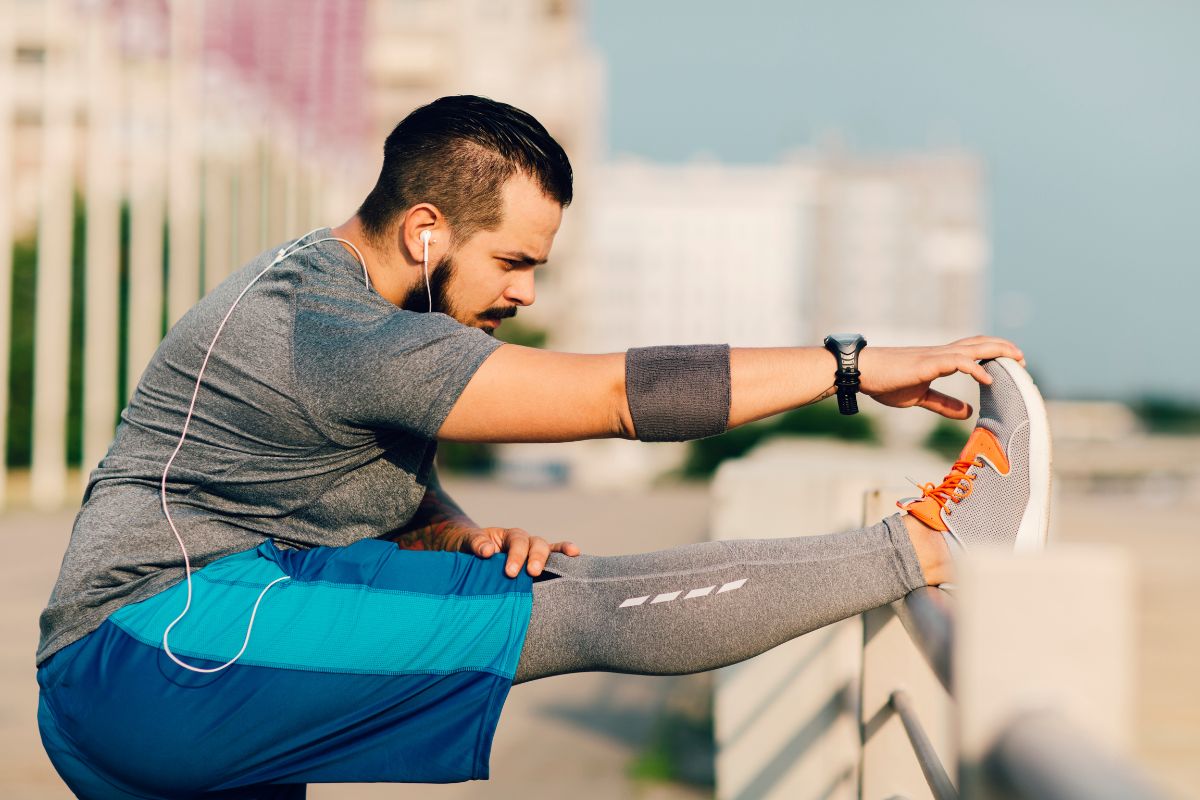Home>Health & Nutrition>Injury Prevention>4 Warning Signs For Runners: Common Problems While Walking


Injury Prevention
4 Warning Signs For Runners: Common Problems While Walking
Published: February 25, 2024
Discover the 4 common warning signs for runners and learn how to prevent injuries while walking. Stay informed and keep your body healthy with injury prevention tips.
(Many of the links in this article redirect to a specific reviewed product. Your purchase of these products through affiliate links helps to generate commission for Therunningadvisor.com, at no extra cost. Learn more)
Table of Contents
Common Injuries for Runners
Running is an excellent way to stay fit and healthy, but it's not without its risks. Runners are susceptible to a variety of injuries, many of which result from overuse, improper form, or inadequate footwear. Understanding these common injuries is crucial for both preventing and addressing them.
-
Shin Splints: This painful condition occurs when the muscles and tendons surrounding the shinbone become inflamed, often due to overexertion. Runners may experience tenderness and swelling along the inner edge of the shinbone. It's essential to address shin splints promptly to prevent them from developing into more severe issues.
-
Runner's Knee: Also known as patellofemoral pain syndrome, this condition causes pain around the kneecap, particularly when running, squatting, or climbing stairs. It often stems from improper tracking of the kneecap over the thigh bone, leading to irritation and discomfort.
-
Achilles Tendinitis: The Achilles tendon, located at the back of the ankle, is prone to inflammation and pain, especially among runners who increase their mileage too quickly or neglect proper stretching. Ignoring this discomfort can lead to more severe tendon damage, so early intervention is crucial.
-
Plantar Fasciitis: This common foot injury results from inflammation of the plantar fascia, a thick band of tissue that supports the arch of the foot. Runners with plantar fasciitis often experience stabbing pain near the heel, particularly in the morning or after long periods of rest.
By recognizing these common injuries, runners can take proactive steps to prevent them. This includes incorporating proper warm-up and cool-down routines, gradually increasing mileage, and wearing appropriate footwear. Additionally, paying attention to any early warning signs and seeking timely medical attention can help mitigate the impact of these injuries.
Understanding the common injuries for runners is the first step toward a safe and enjoyable running experience. By staying informed and proactive, runners can minimize the risk of these issues and continue to pursue their passion for running without unnecessary setbacks.
Symptoms of Overuse
Overuse injuries are a common concern for runners, often arising from the repetitive stress and strain placed on the body during regular training. Recognizing the symptoms of overuse is crucial for identifying potential issues early and taking proactive measures to prevent them from escalating.
-
Persistent Pain: One of the primary indicators of overuse is persistent pain in specific areas of the body, such as the knees, shins, or feet. This pain may initially be mild or intermittent but can gradually intensify with continued activity. Ignoring persistent pain can exacerbate the underlying issue, leading to more severe injuries that may require extended recovery periods.
-
Localized Tenderness: Overuse injuries often manifest as localized tenderness or sensitivity in the affected area. Runners may notice increased sensitivity when touching or applying pressure to specific muscles, tendons, or joints. This tenderness can be a warning sign of underlying inflammation or tissue damage, necessitating rest and targeted treatment.
-
Reduced Range of Motion: Another symptom of overuse is a noticeable reduction in the range of motion in the affected joints or muscles. Runners may experience stiffness, tightness, or limited flexibility, particularly after periods of rest or in the morning. This restriction in movement can impede performance and increase the risk of further injury if not addressed promptly.
-
Swelling and Inflammation: Overuse injuries often trigger localized swelling and inflammation, indicating the body's response to tissue damage. Runners may observe swelling around the knees, ankles, or feet, accompanied by warmth and redness in the affected area. Monitoring these signs of inflammation is essential for preventing the progression of overuse injuries.
-
Persistent Fatigue: Chronic overuse can lead to persistent fatigue and muscle weakness, impacting a runner's overall performance and endurance. Feelings of exhaustion or weakness, particularly in the muscles supporting the lower body, can signal the need for adequate rest and recovery to prevent further strain and potential injury.
Recognizing these symptoms of overuse is pivotal for runners to address underlying issues and modify their training regimens accordingly. By prioritizing rest, incorporating cross-training activities, and seeking professional guidance when necessary, runners can mitigate the risk of overuse injuries and sustain their long-term running endeavors.
Proper Footwear and Form
Proper footwear and form are integral components of injury prevention for runners. The right shoes and running technique can significantly reduce the risk of common running-related injuries and enhance overall performance. Here's a detailed exploration of the importance of proper footwear and form in injury prevention:
Footwear Selection:
Choosing the right running shoes is paramount for maintaining foot health and minimizing the impact of repetitive stress on the lower body. Factors to consider when selecting running shoes include:
-
Support and Cushioning: Running shoes should provide adequate support and cushioning to absorb the impact of each stride, reducing the strain on the feet, ankles, and knees. Proper cushioning can help mitigate the risk of conditions such as plantar fasciitis and stress fractures.
-
Fit and Comfort: Ill-fitting shoes can lead to blisters, calluses, and discomfort during running. It's essential to select shoes that offer a snug yet comfortable fit, allowing for natural foot movement while providing stability and support.
-
Arch Support: Runners with high or low arches require shoes with appropriate arch support to maintain proper foot alignment and reduce the risk of overuse injuries. Customized insoles or orthotic inserts may be beneficial for individuals with specific arch support needs.
-
Terrain-Specific Design: Consider the running surface when choosing footwear. Trail running shoes offer enhanced traction and protection for off-road running, while road running shoes prioritize lightweight construction and cushioning for pavement surfaces.
Running Form:
In addition to proper footwear, maintaining good running form is essential for injury prevention and efficient performance. Key elements of effective running form include:
-
Posture and Alignment: Runners should strive for an upright posture with a slight forward lean, engaging the core muscles to support the spine and pelvis. Proper alignment reduces the strain on the lower back and minimizes the risk of postural-related injuries.
-
Cadence and Stride Length: Aiming for an optimal cadence (steps per minute) and moderate stride length can help distribute the workload across leg muscles, reducing the impact on joints and minimizing the risk of overuse injuries such as shin splints and runner's knee.
-
Foot Strike: The foot strike pattern, whether landing on the heel, midfoot, or forefoot, can influence the distribution of impact forces. While individual preferences vary, maintaining a balanced foot strike can help prevent excessive stress on specific areas of the foot and lower extremities.
-
Arm Swing and Breathing: Coordinating arm movement with the opposite leg and maintaining rhythmic breathing patterns can enhance running efficiency and reduce muscle tension, contributing to a more fluid and sustainable running form.
By prioritizing proper footwear selection and refining running form, runners can proactively mitigate the risk of common injuries and optimize their running experience. Incorporating these principles into training routines and seeking professional guidance when necessary can further enhance injury prevention efforts, allowing runners to pursue their passion for running with confidence and resilience.
Importance of Rest and Recovery
Rest and recovery are fundamental aspects of a runner's training regimen, playing a pivotal role in injury prevention and overall performance. While the dedication to consistent training is essential for progress, the significance of adequate rest and recovery should not be underestimated. Here's a comprehensive exploration of the importance of prioritizing rest and recovery in the context of running:
Physical Repair and Adaptation:
Rest and recovery periods allow the body to repair and adapt to the physiological stress induced by running. During intense training sessions, muscle fibers experience micro-tears, and energy stores become depleted. Adequate rest enables the body to initiate the repair process, facilitating the growth and strengthening of muscles, tendons, and ligaments. Moreover, it allows for the replenishment of glycogen stores, essential for sustained energy levels during subsequent workouts.
Injury Prevention and Healing:
Insufficient rest can lead to overtraining, increasing the risk of overuse injuries and musculoskeletal imbalances. By incorporating rest days into the training schedule, runners provide their bodies with the opportunity to recover from the repetitive impact and stress of running. This, in turn, reduces the likelihood of developing conditions such as stress fractures, tendonitis, and muscle strains. Furthermore, adequate rest is crucial for the healing of existing injuries, allowing the body to focus its resources on the repair and regeneration of damaged tissues.
Performance Optimization:
Rest and recovery are integral components of performance optimization. It is during periods of rest that the body adapts to the training stimulus, leading to improvements in strength, endurance, and overall fitness. Without adequate recovery, the body may struggle to reach peak performance levels, potentially leading to stagnation or performance decline. By strategically incorporating rest and recovery into training cycles, runners can maximize the benefits of their hard work and achieve sustainable progress in their running endeavors.
Mental Restoration and Motivation:
In addition to physical recuperation, rest and recovery play a crucial role in mental restoration and motivation. The demands of regular training can take a toll on a runner's mental well-being, leading to fatigue, burnout, and diminished motivation. Scheduled rest days provide an opportunity for mental relaxation, reducing stress and enhancing overall psychological resilience. This, in turn, fosters a positive mindset and renewed enthusiasm for training, contributing to long-term consistency and enjoyment in running.
Holistic Well-being:
Embracing rest and recovery as integral components of training promotes holistic well-being. Balancing physical exertion with adequate rest supports the body's overall health, immune function, and hormonal balance. It also fosters a sustainable approach to training, reducing the likelihood of chronic fatigue and overtraining syndrome. By prioritizing rest and recovery, runners can cultivate a balanced and sustainable lifestyle that aligns with their long-term health and fitness goals.
In essence, the importance of rest and recovery cannot be overstated in the context of running. By recognizing the multifaceted benefits of adequate rest, runners can optimize their training, minimize the risk of injuries, and foster a sustainable and fulfilling running experience. Incorporating strategic rest and recovery practices into training routines is a testament to a runner's commitment to long-term health, performance, and enjoyment in their pursuit of running excellence.

